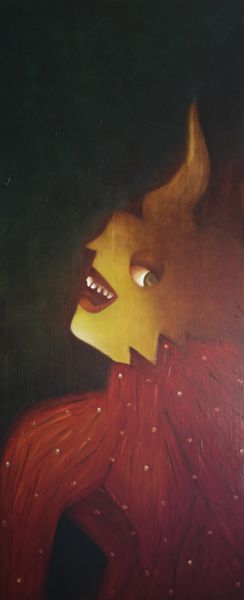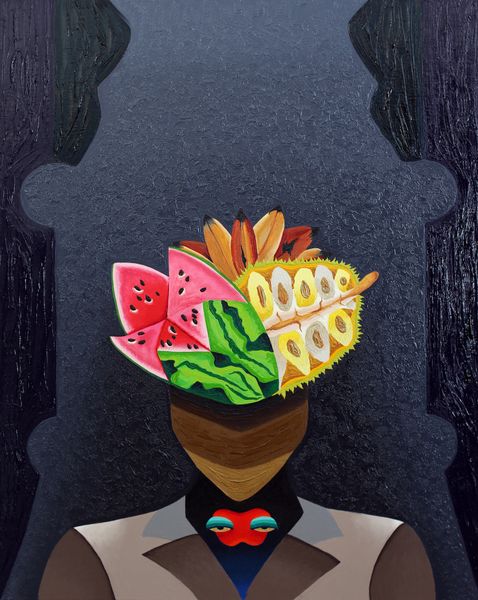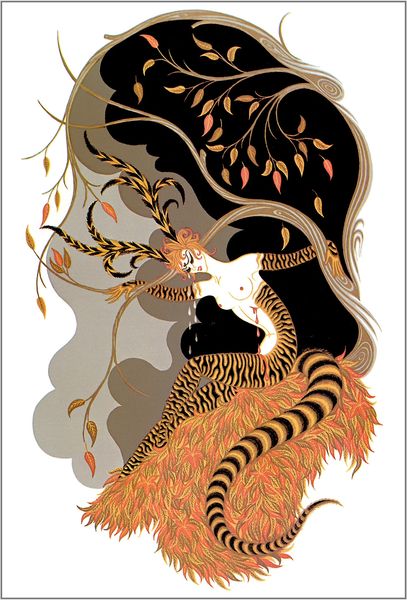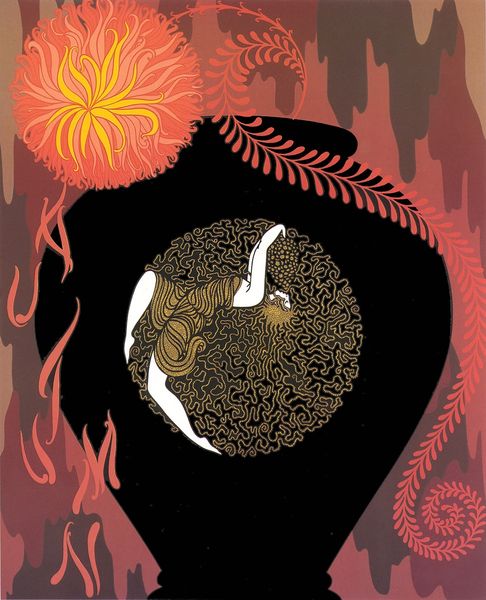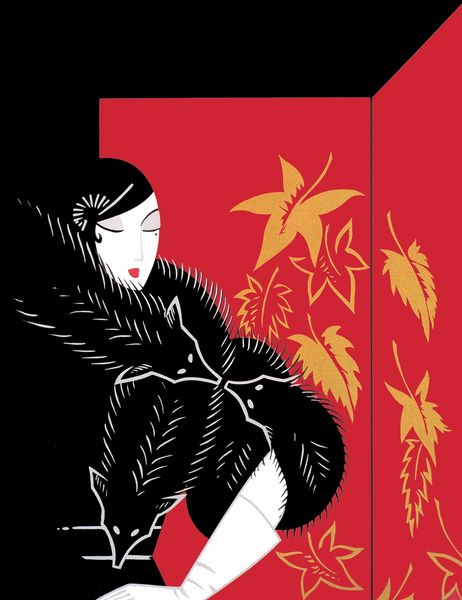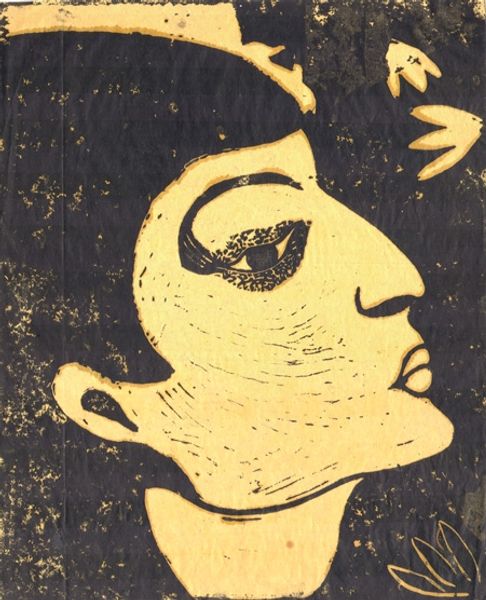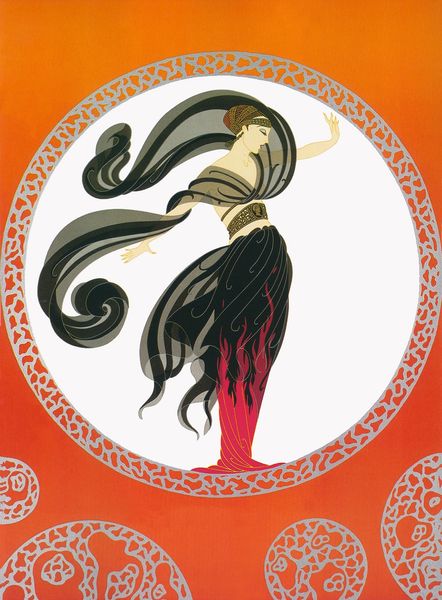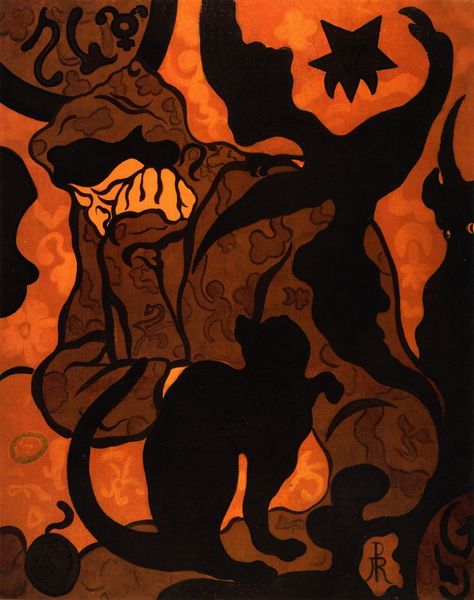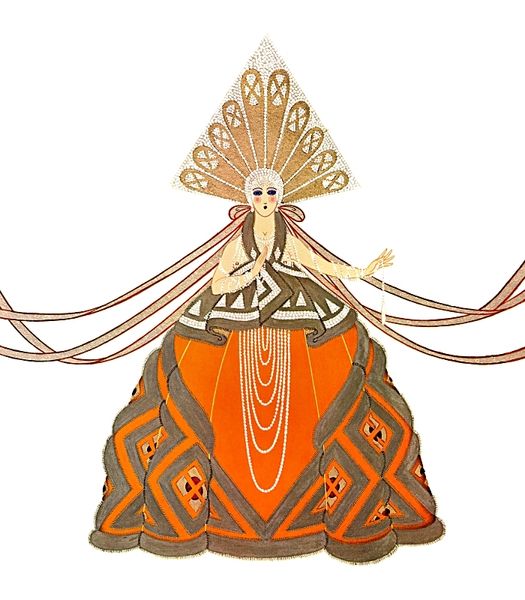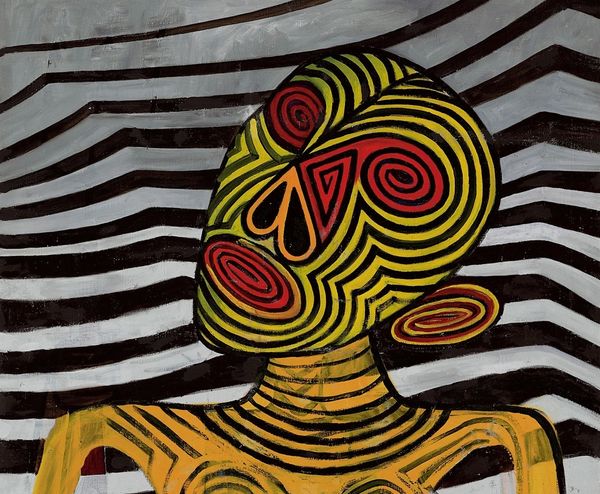
mixed-media, painting
#
portrait
#
mixed-media
#
painting
#
graffiti art
#
street art
#
figuration
#
neo expressionist
#
neo-expressionism
#
spray can art
#
naive art
#
portrait art
#
modernism
Dimensions: 75 x 60 cm
Copyright: Paulo Tercio,Fair Use
Editor: Here we have Paulo Tercio’s "The Gaze of St. Bernadette," a mixed-media painting created in 2013. The dark, almost sinister, figures surrounding the central portrait create such an unsettling atmosphere. How do you interpret this work? Curator: The unsettling feeling you describe is potent, isn’t it? Let's think about the historical context of St. Bernadette and her visions. She was a young, working-class girl whose claims were initially met with skepticism, even ridicule, by the Church and the authorities. Tercio seems to be invoking not the serene saint of popular imagination, but the ostracized, disbelieved girl at the center of a socio-political storm. Notice how the “gaze” is fragmented – not just hers, but those other eyes watching her. It almost feels like a critique of institutional power and its gaze upon marginalized figures. Editor: That makes sense. So, the other figures aren't necessarily demonic, but perhaps representative of those structures of power? Curator: Precisely. They represent the skeptical onlookers, the potential oppressors. And consider the stylistic elements—the use of naive and street art influences destabilizes the traditional religious iconography, bringing it into a more contemporary dialogue about faith, doubt, and power dynamics. Editor: The use of street art elements hadn’t clicked for me before. It’s like Tercio is re-contextualizing a historical figure in the visual language of modern social commentary. Curator: Exactly. It makes us question who gets to control the narrative and how faith intersects with social realities. This portrait prompts us to reflect on contemporary relevance that we can bring to the artwork, when we look back to stories of female mystics in the past. Editor: This gives me a lot to think about; it reframes how I initially saw this portrait. I'm understanding that even historical or religious artwork might allow conversations that reflect our world today. Curator: Absolutely. Art's power lies in its ability to transcend time and speak to our present concerns.
Comments
No comments
Be the first to comment and join the conversation on the ultimate creative platform.
